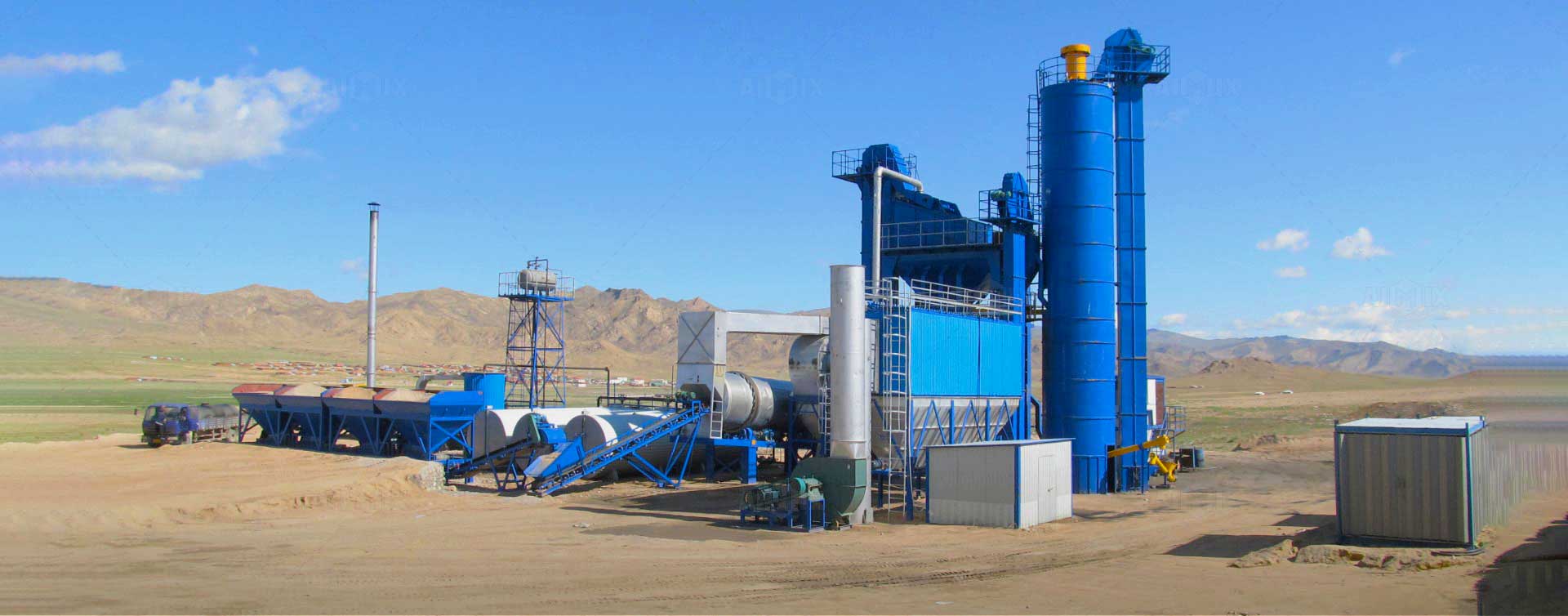Asphalt is essential in construction projects, from roads to parking lots. Understanding the mixing process in a mini asphalt mixing plant can help potential customers make informed decisions. This article will explore how these plants work, ensuring you get the best quality asphalt for your projects.
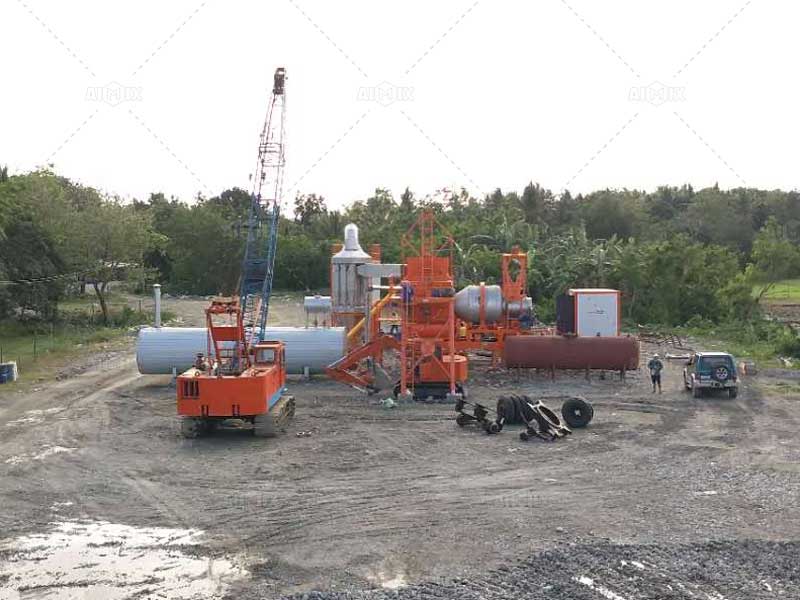
Introduction to Mini Asphalt Mixing Plants
Mini asphalt mixing plants, also known as aspal mixing plant mini, are compact and efficient. They are perfect for small to medium-sized projects. The asphalt batching plant near me designed to produce high-quality asphalt with minimal operational costs.
Components of a Mini Asphalt Mixing Plant
Understanding the components of a mini asphalt mixing plant is crucial. Each part plays a significant role in the mixing process. Here are the main components:
Cold Aggregate Feeder
The process begins with the cold aggregate feeder. This component stores different sizes of aggregates. It ensures a continuous supply to the drying drum. Precise control of the flow rate is essential for the quality of the final product.
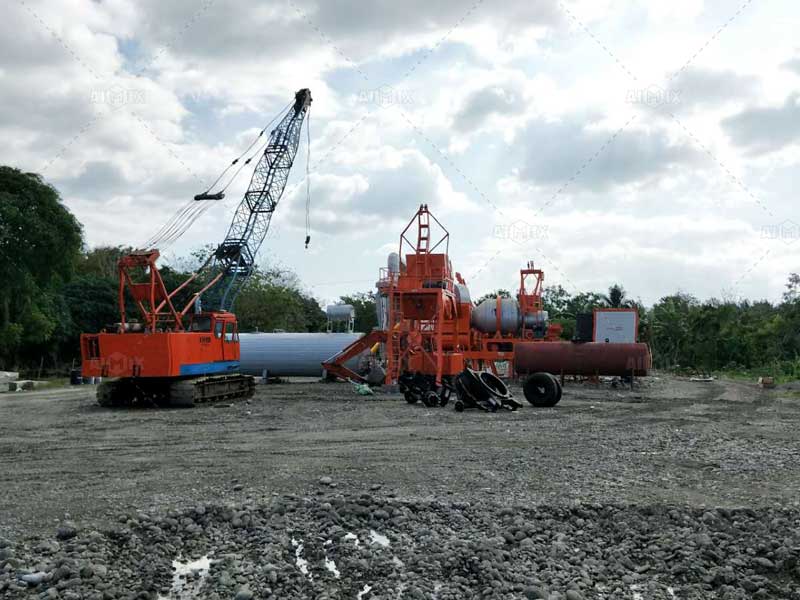
Drying Drum
The drying drum is where the aggregates are dried and heated. The drum rotates, ensuring even heating. Proper drying removes moisture, which is crucial for the mixing process. Consistent heat distribution is key to producing quality asphalt.
Burner
The burner provides the necessary heat for the drying drum. It uses fuel to generate heat, which can be adjusted according to the requirements. Efficient burners reduce fuel consumption and operational costs.
Hot Aggregate Elevator
After drying, the hot aggregates are transferred to the mixing tower via the hot aggregate elevator. This component ensures a smooth transition and prevents heat loss. It is vital for maintaining the temperature of the aggregates.
Screening Unit
The screening unit sorts the hot aggregates into different sizes. Proper sizing is crucial for the final mix quality. This unit ensures that only the correctly sized aggregates proceed to the mixing stage.
Mixing Tower
The heart of the mini asphalt plant is the mixing tower. Here, the aggregates, bitumen, and fillers are thoroughly mixed. The result is a homogenous asphalt mix. Accurate mixing times and temperatures are essential for quality.
Control Panel
The control panel allows operators to manage the entire process. It provides real-time data and adjustments. Modern asphalt batch mix plant can feature automated control systems for precision and efficiency.
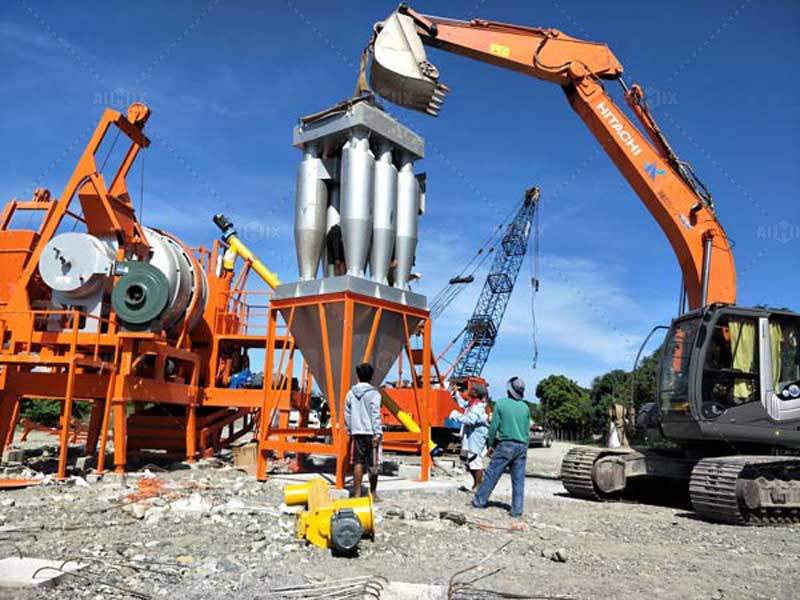
Step-by-Step Mixing Process
Step 1: Aggregate Feeding
The process starts with feeding cold aggregates into the feeder bins. The aggregates are then transferred to the drying drum. Accurate feeding ensures a consistent mix quality.
Step 2: Drying and Heating
In the drying drum, aggregates are heated to remove moisture. The burner of the asphalt plant provides the necessary heat. Proper drying is essential for effective mixing.
Step 3: Screening
Once dried, the aggregates move to the screening unit. Here, they are sorted by size. Only correctly sized aggregates proceed to the mixing stage. This step ensures a consistent and high-quality asphalt mix.
Step 4: Mixing
In the mixing tower, the sorted aggregates are combined with bitumen and fillers. The mixing process is carefully controlled. The result is a uniform asphalt mix, ready for use in construction projects.
Step 5: Storage and Loading
After mixing, the hot asphalt is stored in insulated silos. These silos maintain the temperature until the asphalt is loaded into trucks. Proper storage ensures the asphalt remains in optimal condition for use.
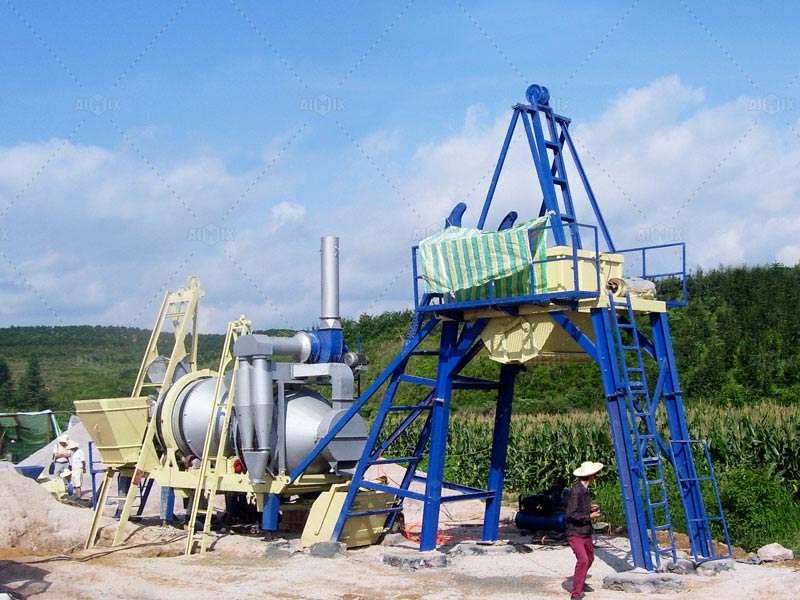
Benefits of Using a Mini Asphalt Mixing Plant
Mini asphalt plants offer numerous benefits. They are cost-effective and efficient. Their compact size makes them easy to transport and set up. They produce high-quality asphalt with minimal waste.
Conclusion
Understanding how a mini asphalt mixing plant works can help you make informed decisions for your projects. These plants are efficient, cost-effective, and produce high-quality asphalt. Investing in a mini asphalt plant ensures you get the best results for your construction needs.
